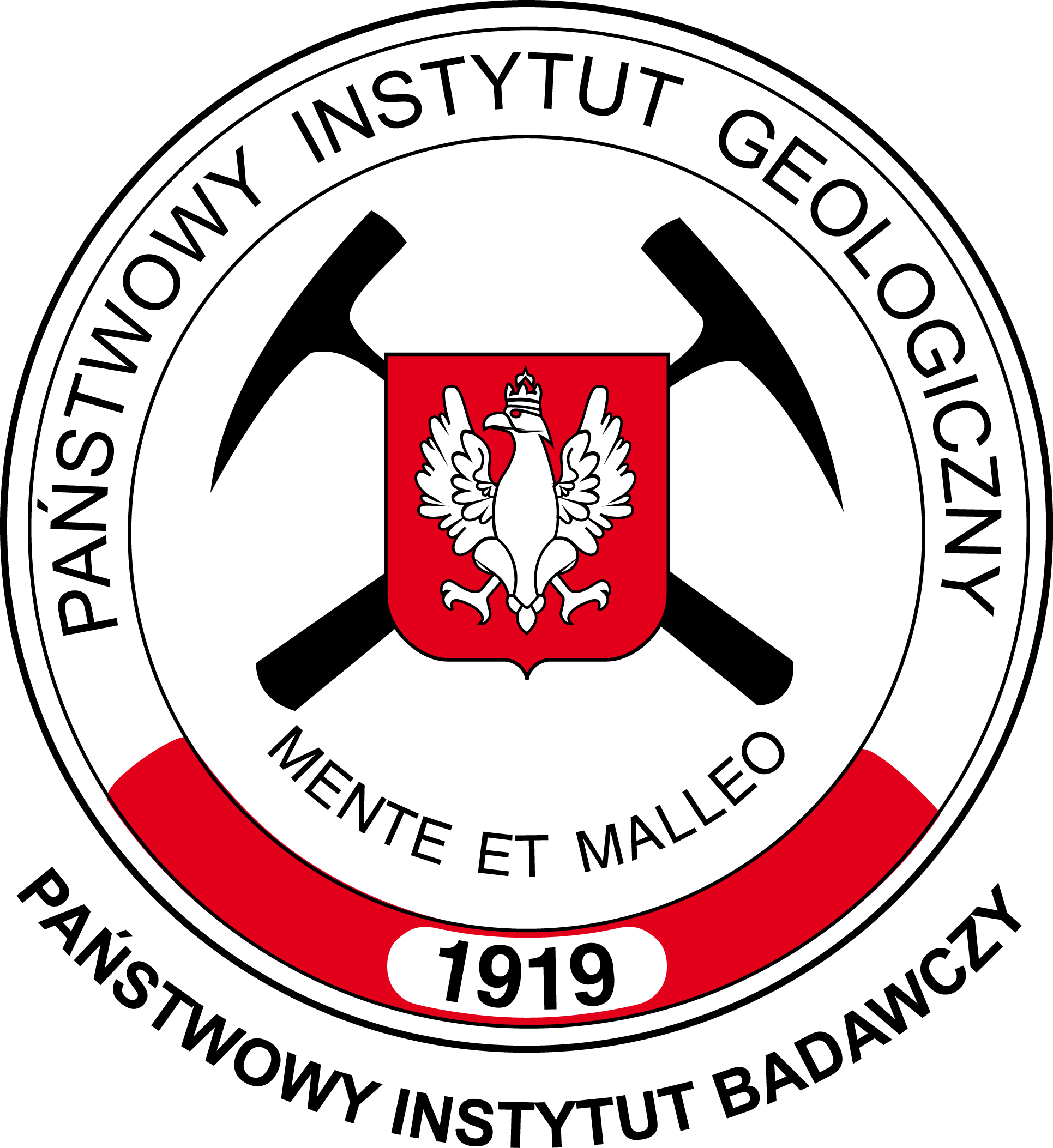Geoscientific information
Type of resources
Available actions
Topics
INSPIRE themes
Keywords
Contact for the resource
Provided by
Years
Formats
Representation types
Update frequencies
status
Scale
-
The data come from the "Geochemical Atlas of the Southern Baltic", which was developed by the Polish Geological Institute and released in 1994. The Atlas covers the Polish maritime areas. In the sediment samples from the 368 sites the content of Corg., Al, As, Ba, Ca, Cd, Co, Cr, Cu, Fe, Mn, Ni, P, Pb, S, Sr, V and Zn was determined. The analysis of sediment grain size was also carried out. It allowed to estimate the geochemical state of the surface layer of sediment and to determine changes that occurred as a result of the intensive development of economic activities in the catchment area of the Baltic Sea in the last 100-150 years.
-
The data were obtained in the course of implementation of the “Atlas of lithological parameters of surface sediments of the southern Baltic Sea with special emphasis on geological and mining conditions of occurrence of aggregate deposits”, which was developed by the Polish Geological Institute and released in 2005. The Atlas includes maps of main grain size classes, mean grain size and sorting as well as content and composition of heavy minerals. The analysis of lithological parameters was the basis for determination of prospective areas of occurrence of aggregate deposits in Polish maritime areas.
-
The GIS data derived from the "Geological Map of the Polish maritime areas for the purpose of so-called Additional Military Layers" issued by the Polish Geological Institute in 2012. The study on a scale of 1:200 000 shows lithological diversification of surface sediments within the Polish maritime areas according to the R. L. Folk classification (1954) distinguishing 15 different lithological types of sediments. Additionally, the areas where boulders occur in the midst of sand and gravel deposits were identified. The map was prepared according to the defence standard NO-06-A058-5.
-
-
Geological-tourist map of Warta Mouth National Park in scale 1: 25 000 is one of the 10 part series of maps, commissioned by the Ministry of Environment, a project financed by the NFEPandWM.
-
Geological-tourist map of Gorce National Park in scale 1: 25 000 is one of the 10 part series of maps, commissioned by the Ministry of Environment, a project financed by the NFEPandWM.
-
Data were derived from the study "Recognition and Visualisation of the Geological Structure of the Pomeranian Bay for Natural Resources Management", which was developed by the Polish Geological Institute and released in 2013. The aim of the study was more accurate than the previous recognition and visualization elements of the bottom morphology and the Cenozoic geological structure in the area of the Pomeranian Bay and the Polish part of the Oder Bank. The results are shown on geological maps at a scale of 1: 100 000 as well as on cross-sections and profiles. Analysis of data obtained from geophysical surveys, bottom soundings and laboratory analyses of the samples was the basis for verification of the prospects for aggregate deposits and valorisation of areas where they occur. The geochemical status of surface sediments was also determined and shown on the content maps of analyzed chemical elements.
-
Geological-tourist map of Drawa National Park in scale 1: 40 000 is one of the 10 part series of maps, commissioned by the Ministry of Environment, a project financed by the NFEPandWM.
-
Geological -tourist map of "Mierzeja Wiślana" Landscape Park in scale 1: 60 000 is one of the 5 part series of maps, commissioned by the Ministry of Environment, a project financed by the NFEPandWM
-
The GIS data were obtained during digitalisation the "Geological Map of Baltic Sea bottom of 1: 200 000" issued by the Polish Geological Institute in 1989-1995. The basic content of map includes lithological diversification of the southern Baltic surface sediments and their origin. In addition, if the surface layer has a thickness of less than about 20 cm, the underlying deposits are also shown. The basis of sediment types distinction was F. P. Shepard classification (triangles classification) using Wentworth grain classes. In classification applied sand is additionally divided into four subtypes. The map area is covered by 17 grain size types and subtypes of surface sediments.
 Katalog Metadanych PIG-PIB
Katalog Metadanych PIG-PIB